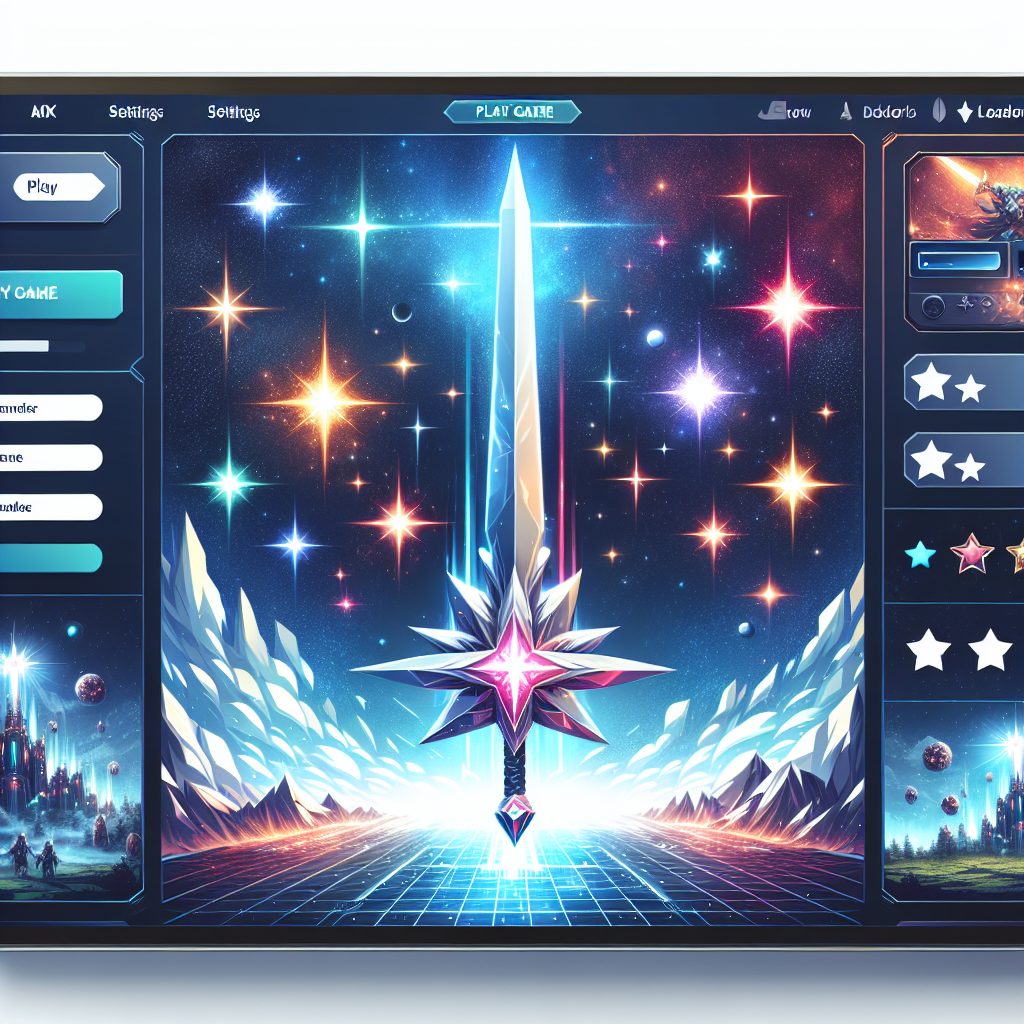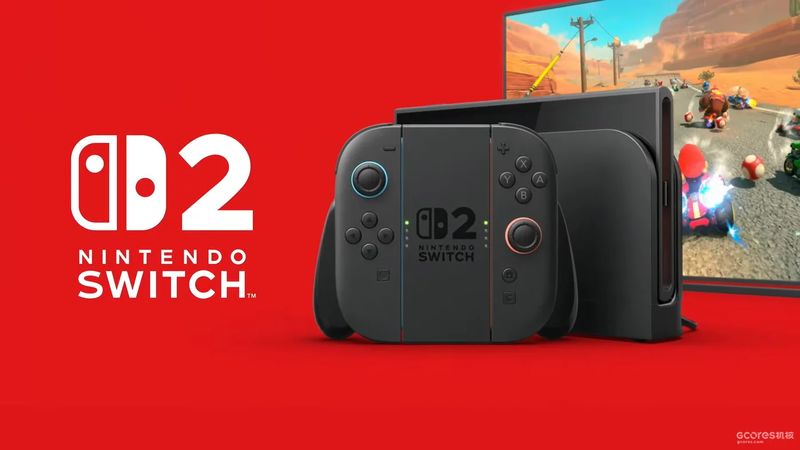In just two days, the first trailer of “Return to Tang” amassed 14 million views on Bilibili. While it may not have broken as widely as the 13-minute gameplay reveal of “Black Myth,” it still represents a historic figure among recent Chinese single-player console games.
Behind the hype, this historical single-player game from NetEase’s 24 Lin’an Studio has sparked widespread discussion among player communities.
The official “Return to Tang” account has responded to various player concerns about the trailer and the product, focusing mainly on two points: the credibility of the promotion (whether it is purely single-player and if the footage is real gameplay) and explanations about the theme and values.
Such a scenario feels somewhat misplaced. If this trailer were not from NetEase, the reception would likely be simpler: the trailer quality is solid, the Dunhuang theme is fresh, and it would receive steady anticipation without a barrage of skepticism.
However, as a top-tier domestic company with a history of paid models and product nature, NetEase faces suspicion of “empty promises.”
Similar controversies are not new. “Yan Yun Shi Liu Sheng” was previously questioned for its ambiguous definition of “single-player game.” Although unrelated in development, this has led to a trust crisis for “Return to Tang,” where technical details, theme choices, and expression strategies are viewed with skepticism.
Many comments on “Return to Tang” quickly reference “Yan Yun.”
Setting aside these doubts, we can focus on what “Return to Tang” actually presents, such as the first controversy: real gameplay footage.
Many players analyzed how much of the trailer is real gameplay. The concept of “real gameplay footage” has become blurred, with different interpretations among audiences.
For example, CDPR’s “Witcher 4” engine demo was emphasized as “in-engine footage,” not real gameplay, yet many described it as real gameplay footage.
Is the “Witcher 4” demo real gameplay? Yes, it is PS5 standard real gameplay, with a guest playing live, but it is not “gameplay content” as the actual game is not yet developed.
This creates a paradox where both clarifications are needed.
Another example is Naughty Dog’s narrative action games, which avoid HUD in trailers to maintain cinematic feel. “The Last of Us 2” trailer combat is scripted and not 1:1 player experience, yet rarely questioned as real gameplay due to player expectations.
“Return to Tang” lacked clear communication on its game type, affecting the trailer’s credibility.
The trailer’s visuals feature low saturation sand and earth tones, desert and beacon tower settings, creating a “borderland fortress” visual context.
High contrast lighting and cold-warm contrasts appear in night raid and stealth scenes, reminiscent of “Heaven and Earth Heroes” and “Dunhuang.”
Long horizontal shots and compressed depth of field emphasize the lone character against vast desert, highlighting isolation.
Dunhuang imagery is prominent, with flying eaves, stone caves, and murals like “Zhang Yichao’s Journey” at Mogao Caves, combined with music to convey clear intent.
While not as stunning as Naughty Dog’s productions, “Return to Tang” is mature and coherent, marking a breakthrough for Chinese single-player console games.
The focus on “real or fake” visuals and questioning of company integrity reflects the high scrutiny due to NetEase’s reputation and the game’s status as their first pure buyout single-player title.
NetEase’s 24 Lin’an Studio’s determination, despite pressure, shows a genuine effort to deliver the product.
This pressure acts as a stress test for the project, indicating a real desire to bring the game to market.
The second point is the narrative of “returning to the Tang Dynasty,” a culturally rich and narratively potent story.
While “return” can be seen as a modern reconstruction, the historical context of the Guiyi Army and Dunhuang research supports this narrative.
The story fits well for cultural export in a global context.
Historical games worldwide often reconstruct history rather than strictly adhere to facts, as seen in Ubisoft’s “Assassin’s Creed” series.
The focus should be on whether the story is well told and immersive, meeting NetEase’s technical and narrative standards.
The Guiyi Army is a research focus in Chinese academia, suitable for Chinese developers to tell.
Patience from players and determination from developers are key for the long-term ecosystem of Chinese single-player games.
Recently, “Black Myth” producer Feng Ji shared content about “Return to Tang,” and NetEase’s senior VP and producer Hu Zhipeng responded positively.
This signals a low-key declaration of joint pioneering efforts in the industry.
Feng Ji previously expressed hope that his project’s success would inspire talent and capital to invest in single-player games.
Now, major companies are entering single-player development, with room for coexistence and mutual learning.
The real driver for Chinese single-player games is not loud claims but genuine attempts.
If linear narrative and serious historical themes can succeed in Chinese single-player AAA or strong 2A titles, “Return to Tang” may be recognized as a starting point in the future.
We await its progress with interest.


